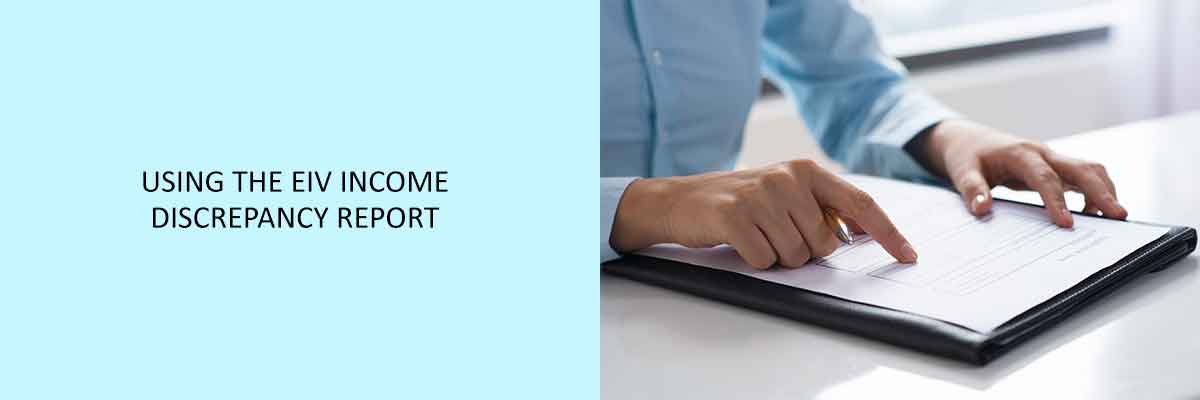The Earned Income Verification (EIV) Program helps States ensure that individuals and families seeking public assistance are actually eligible for benefits. However, some individuals take advantage of the system by underreporting or concealing their income, which may be an indicator of potential fraud. The EIV Income Discrepancy Report is a method for recognizing families that might have underreported or concealed their household income. This report compares the income reported on an applicant’s public assistance application against the earnings in their most recent tax filing.
About The EIV Income Discrepancy Report
When the government first introduced the EIV Income Discrepancy Report (also known as the EIV Report for short) in 2017, it quickly became the most popular compliance tool among tax agencies. This is because it enabled them to identify families that might have concealed or underreported their household income to the IRS. To some people, the EIV Report seemed like an Orwellian nightmare come to life.
The EIV Income Discrepancy Report (EIV IDR) is an annual report by the IRS detailing the income earned by Electronic Return Originators (EROs) and Electronic Return Originator Service Providers (EROSPs). The IRS uses the report to ensure that EROs and EROSP are not over-reporting income earned by taxpayers in their returns. It is important to note that the data in this report is representative of income data as reported by EROs and EROSPs, and should not be considered as representative of all taxpayer income. The data is between four and thirty months old at the time it is produced.
Usage Of The EIV Income Discrepancy Report
A few years ago, the local housing authority started asking for proof of income. This was intended to ensure that people getting housing subsidies would still be able to pay for their housing after the program ended. In practice, this meant that everyone had to submit an Income Discrepancy Report with their recertification application. In other words, the housing authority asked for a copy of each household member’s W-2s from the previous year. If you wanted to prove that you were still qualified for your subsidy, you had to show that you were still making enough to afford your home.
The Income Discrepancy Report (IDR) is a report that is used as the third step in the process of recertification. The first step is self-certification, which is when a client fills out an application and gives us information about their household income, rent, utilities, etc. The second step is to verify the information on the application. This is done in person with the client.
Final Words
As a result of the Personal Responsibility and Work Opportunity Reconciliation Act of 1996, the United States Department of Health and Human Services (HHS) implemented the EIV program in order to help State governments verify the income of people who apply for public assistance programs.
To know more about the EIV Income Discrepancy Report, attend the Compliance Prime webinar.


